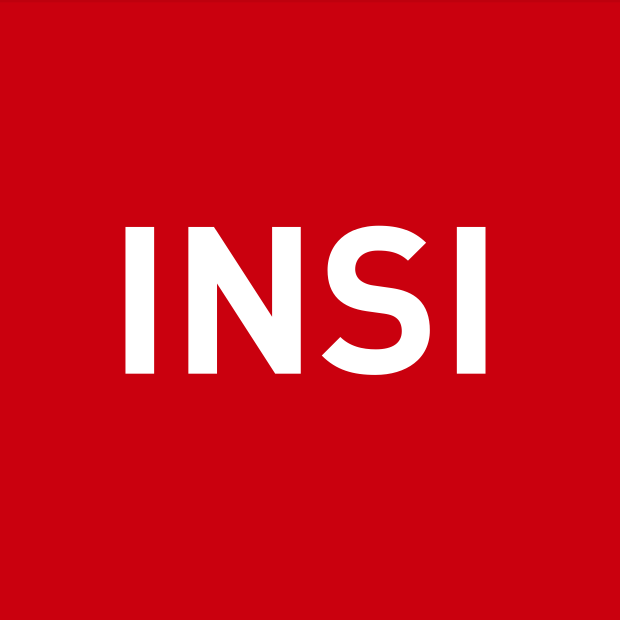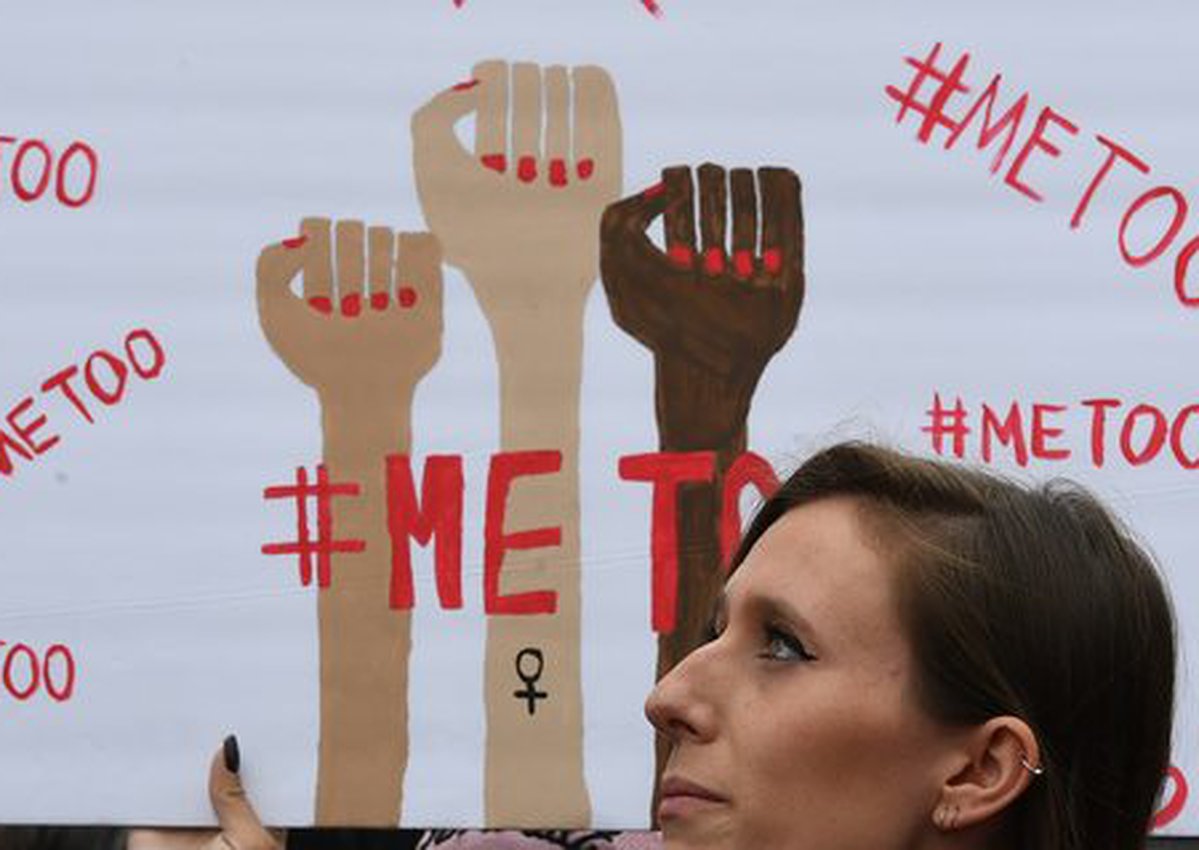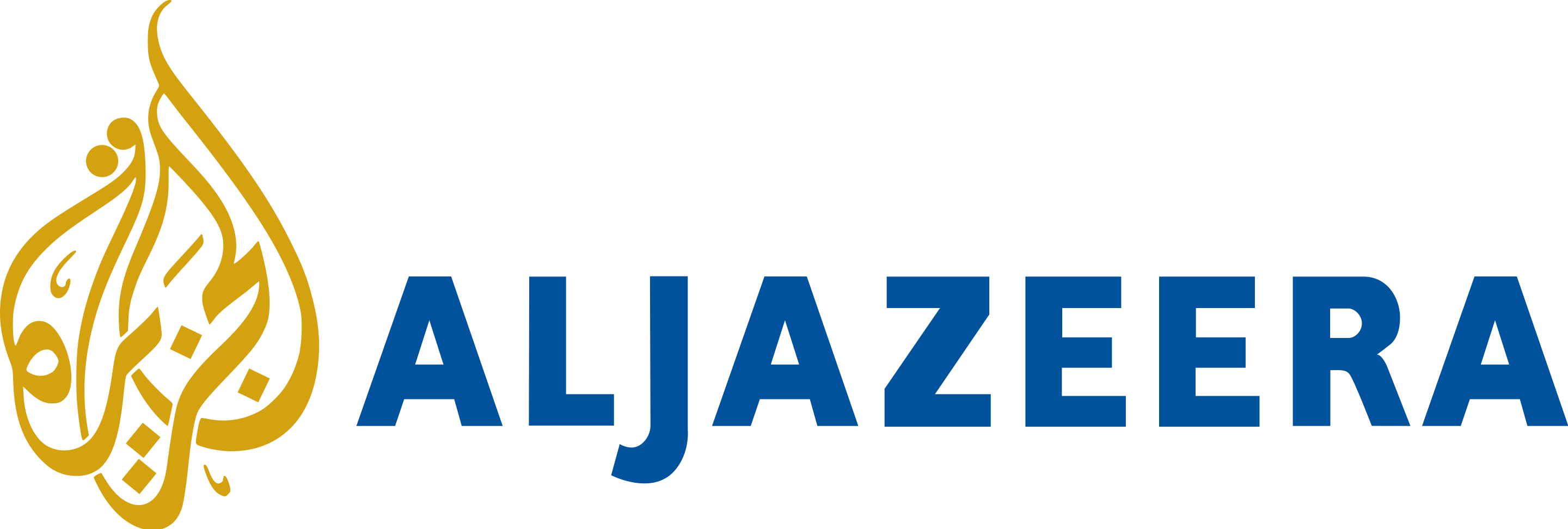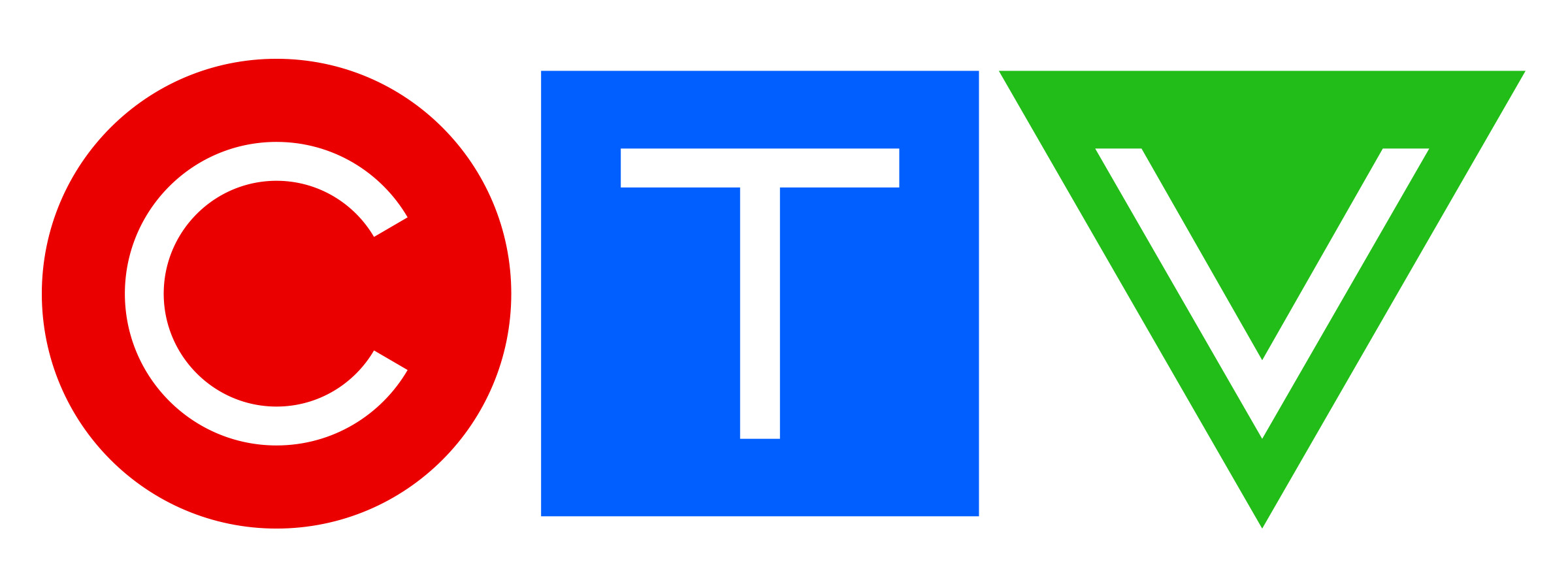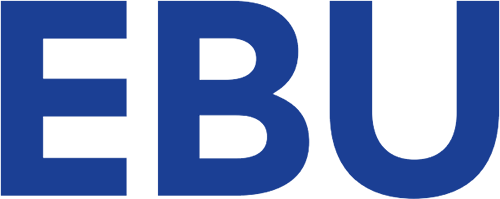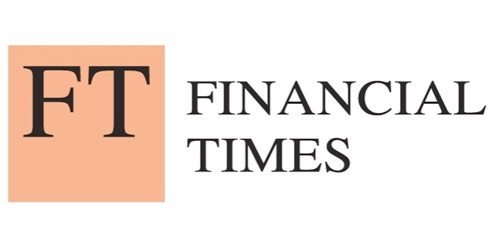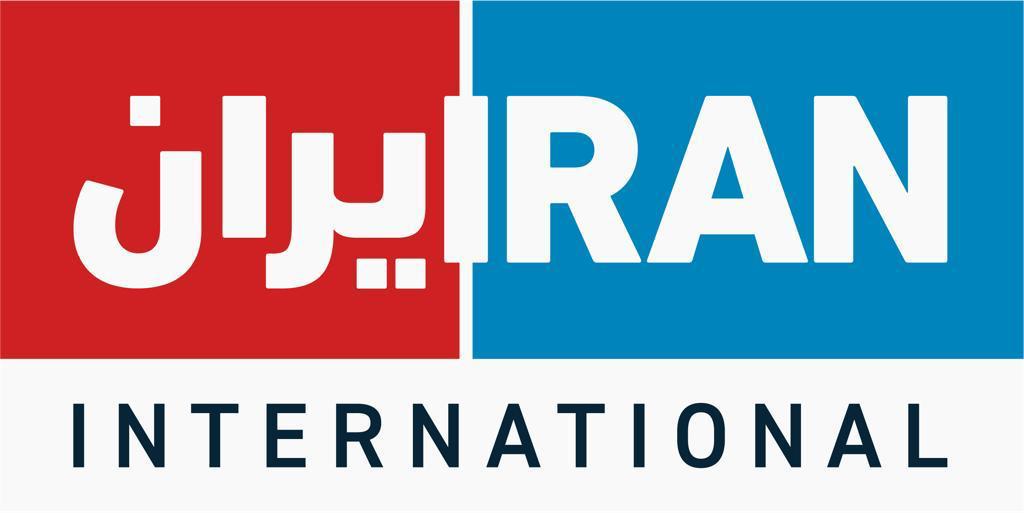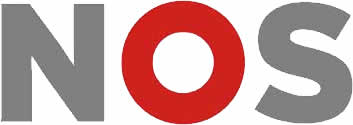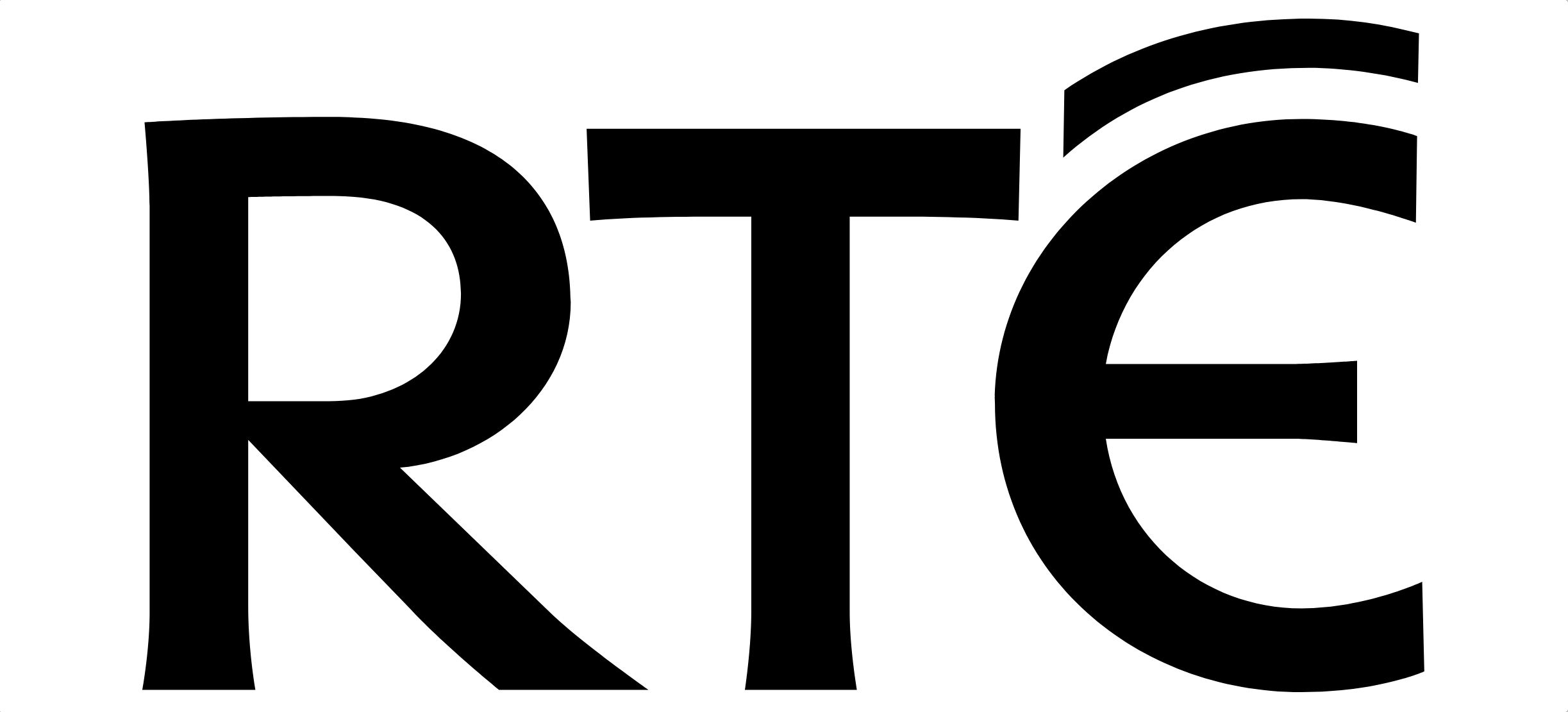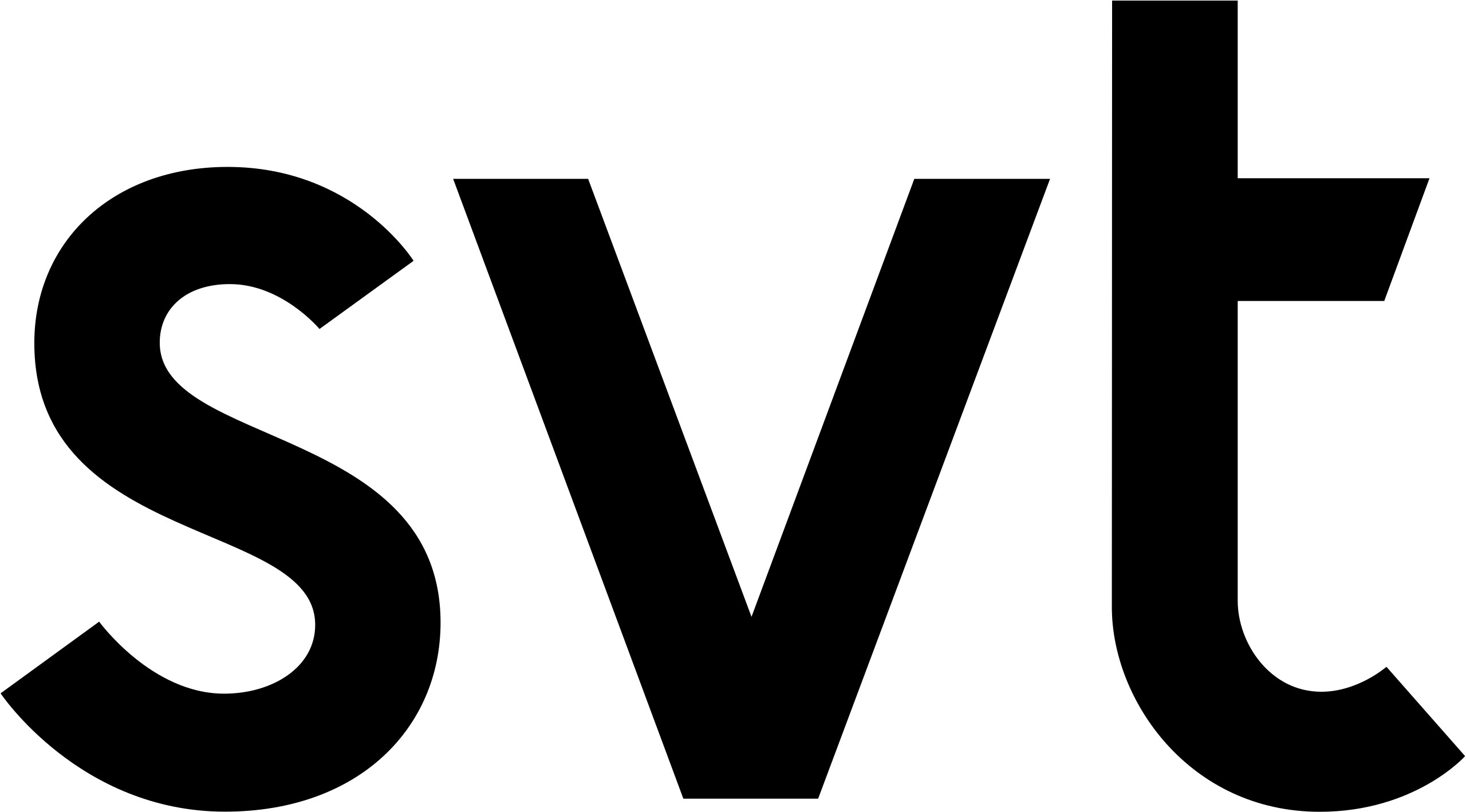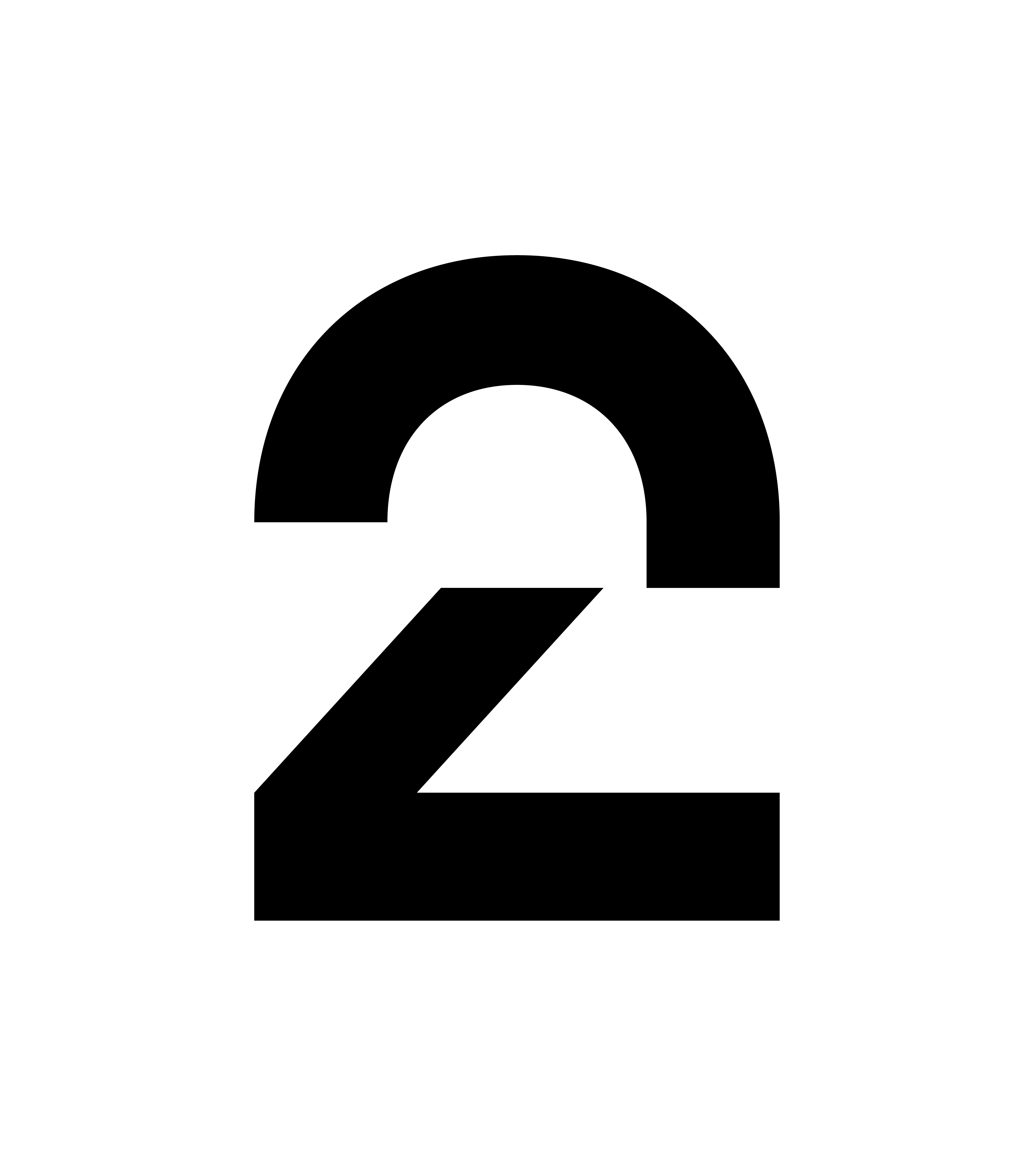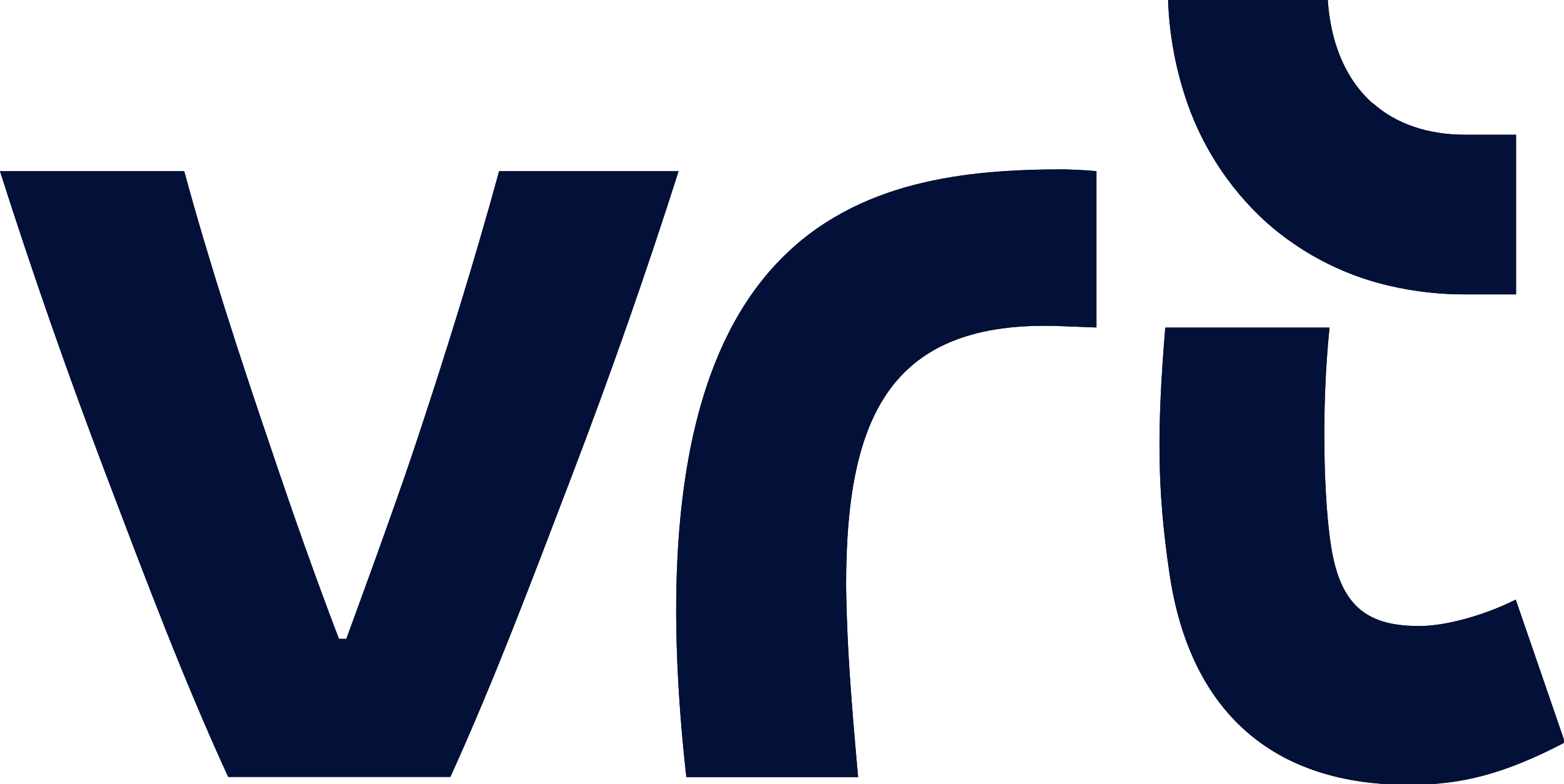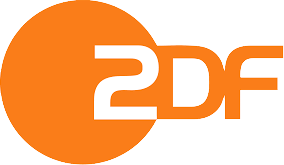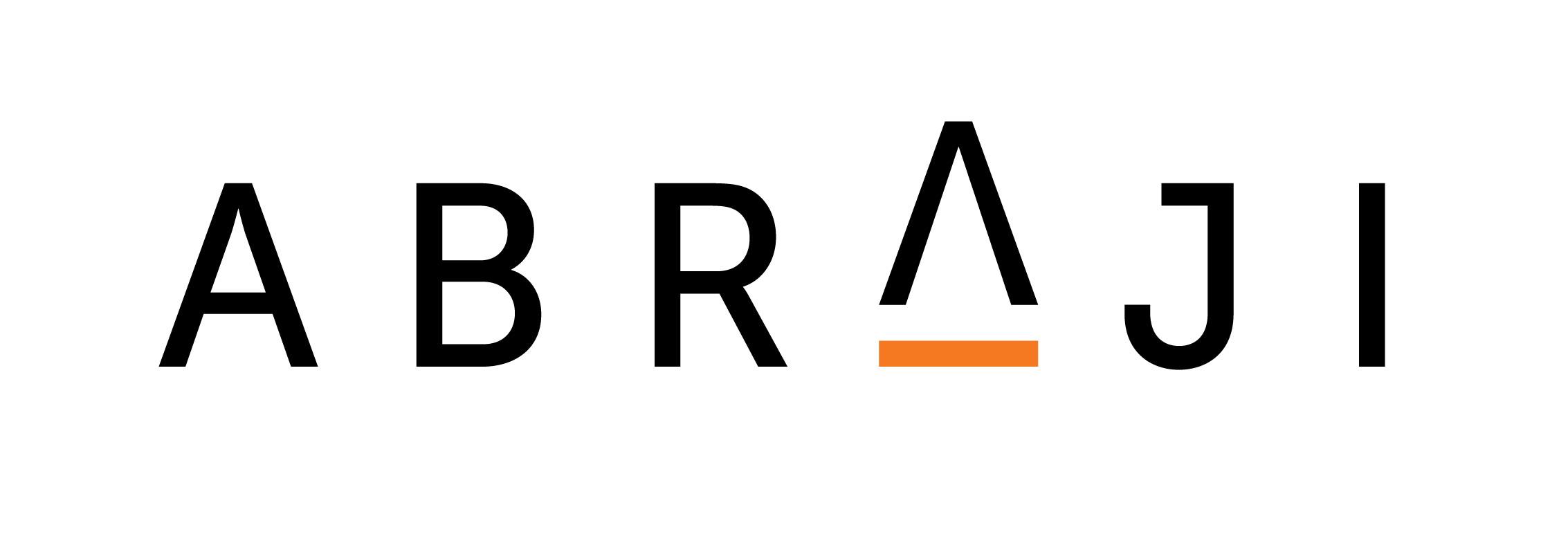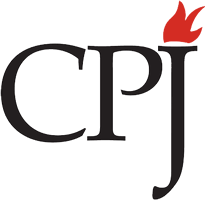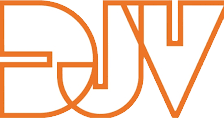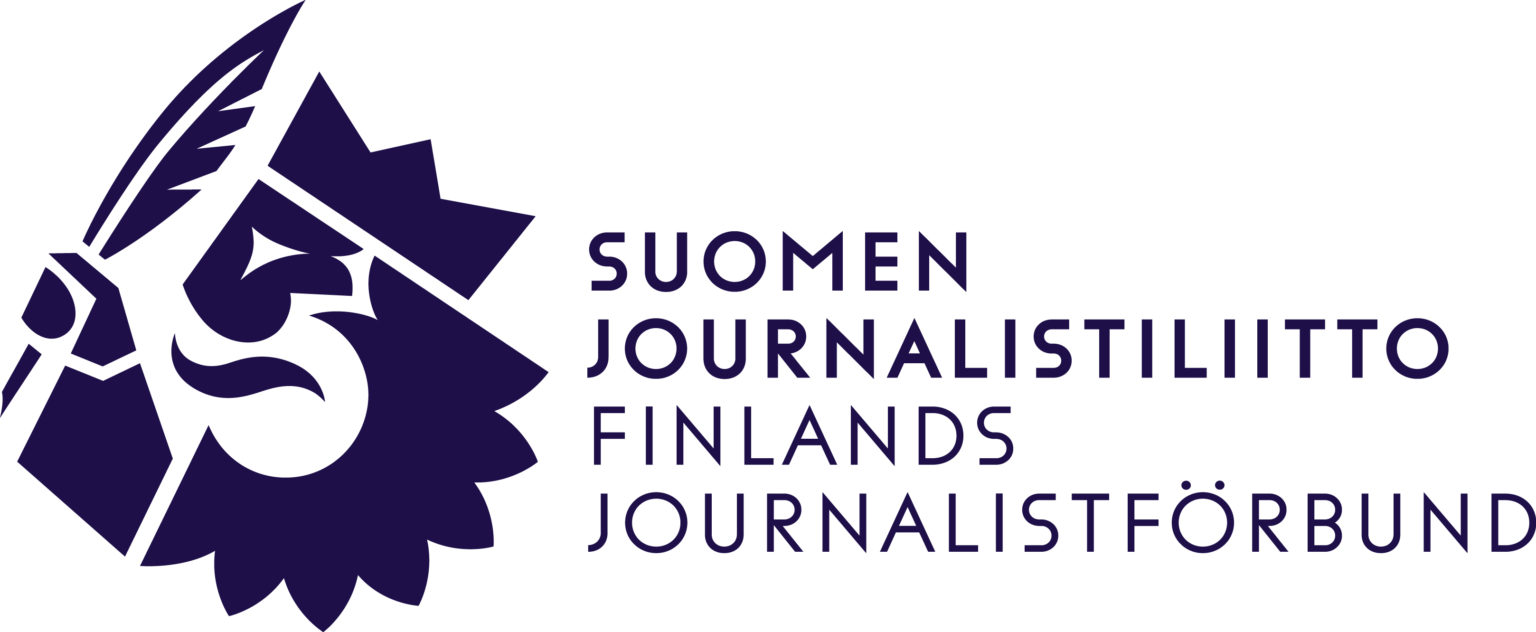The past year has been a watershed for women working in the news media. It was marked by an increase in violence against them but also coincided with a rise in the numbers of female media workers bravely calling out the systemic abuse and harassment they have faced.
The International News Safety Institute (INSI) recorded the killings of nine female journalists in 2017: the highest percentage of women media workers who died in connection with their work since I started with INSI eight years ago. Freelance journalist Kim Wall was brutally killed in the waters off Copenhagen last August. The trial of the inventor accused of her murder started this week. In October, Daphne Caruana Galizia was killed by a car bomb near her home in Malta. One month before, the leading Indian journalist and government critic Gauri Lankesh was shot dead outside her home.
These women were not reporting from war zones. But all were working at a time when our female colleagues are exposed to abuse and harassment in the field, online and in their own newsrooms.
Red rags to the online bulls
The rise of social media has shifted the frontlines for journalism safety and women are particularly open to abuse, which regularly and rapidly becomes sexualised. Black women, gay women and trans women are even more likely to be targeted, and certain subjects - gender, climate change, Russia, Syria, gaming – are like red rags to the online bulls. So significant and insidious is this online threat that INSI is developing a ground-breaking project bringing together its members and the social media platforms to try to counter online harassment.
Due to the nature of online abuse, it is often difficult to assess the true nature of the threat, and there is a danger that it does not get taken seriously, even when there is a risk of it spilling into the physical world.
Time and time again I have met journalists who live in a state of high anxiety, worrying that the insecurity of the online world will converge with the physical. Some of them self-censor, others abandon social media all together, diluting the much needed plurality of voices that is vital to ensure a free press and functioning democracy. I have heard anecdotes from young journalism students who have decided against entering the profession for fear that if they dare to lift their head above the virtual parapet they will be shot down.
It has been four years since INSI conducted a joint study with the International Women’s Media Foundation, which found that almost two-thirds of the female journalists responding to our survey had experienced “acts of intimidation, threats and abuse” in relation to their work. Nearly half had suffered sexual harassment, mainly in the office. One fifth of our respondents hadn’t reported the abuse.
More action is needed by news organisations
Our report preceded the seismic shift borne of the #MeToo campaign, which proved a powerful clarion call for some women to speak out about the abuse they had endured and led to the firing of several high profile male journalists. It was a shift that forced some news organisations to review their policies around harassment and bullying, including that of a sexual nature, but more action is needed by these news organisations if they are to encourage others to feel able to come forward without fear of how reporting the abuse might affect their lives and livelihoods.
Journalists’ safety isn’t just about protecting people in war zones. Flak jackets and helmets, first aid kits and hostile environment training are all well and good, but news managers need to ensure that journalists are safe closer to home.
Writing for the Columbia Journalism Review last month, CNN’s Chief Correspondent Christiane Amanpour, applauded the bravery of those who had spoken out, but said: “We need more. I want media owners, news executives and editors to ruthlessly eliminate sexual harassment and banish predators from their organizations.
“It is important that powerful serial harassers are taken down. But these were not the only men responsible: there were executives who made calculations of money or convenience, HR departments that were unresponsive or untrusting, lawyers who drafted non-disclosure agreements to keep women silent. We need to widen the lens and recognize that this is not a problem of a few bad apples.”
Sexual harassment is systemic
She’s right. Sexual harassment is systemic. For too long it has been allowed to flourish in a traditionally male arena where power is concentrated in the hands of a privileged few and the shackles of silence bind and gag many others.
We need to create inclusive cultures that allow all journalists to feel safe doing their work and give women more visibility in positions of management and mentoring in the newsroom. We must create a climate where the next generation of women journalists feels safe in the work they do and all journalists understand what it means to be treated with dignity.
The media is meant to shine a light on society; to expose wrongdoings; and to hold the powerful to account. And yet, even in 2018, many women feel like they are prevented from speaking out about wrongdoings in their own industry, holding their own powerful colleagues to account.
The tide is changing slowly, but if we are really going to #PressForProgress this International Women’s Day, the press itself needs to take real action, and in so doing call a real end to the abuse and to say #TimesUp.
